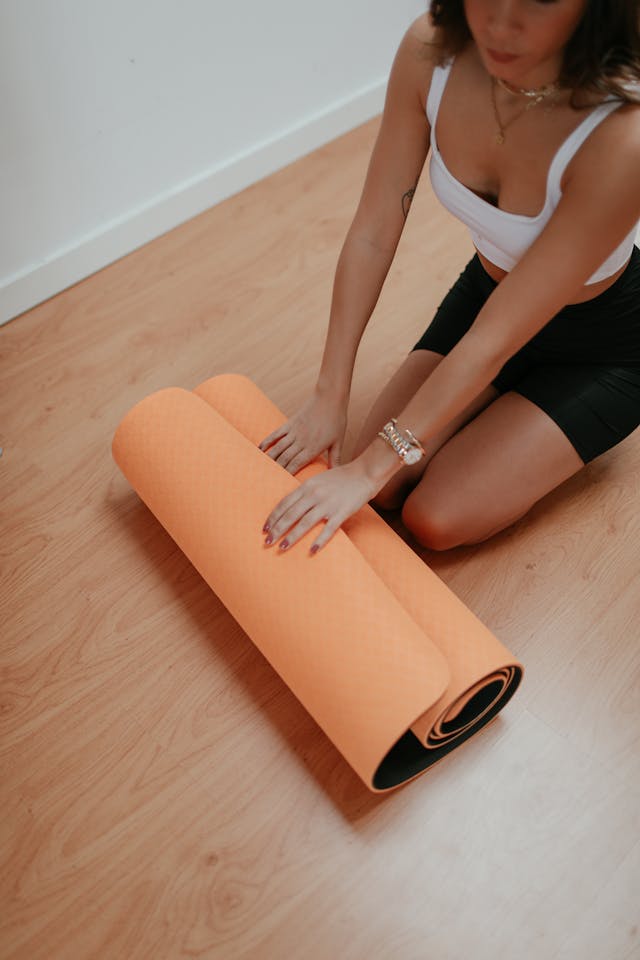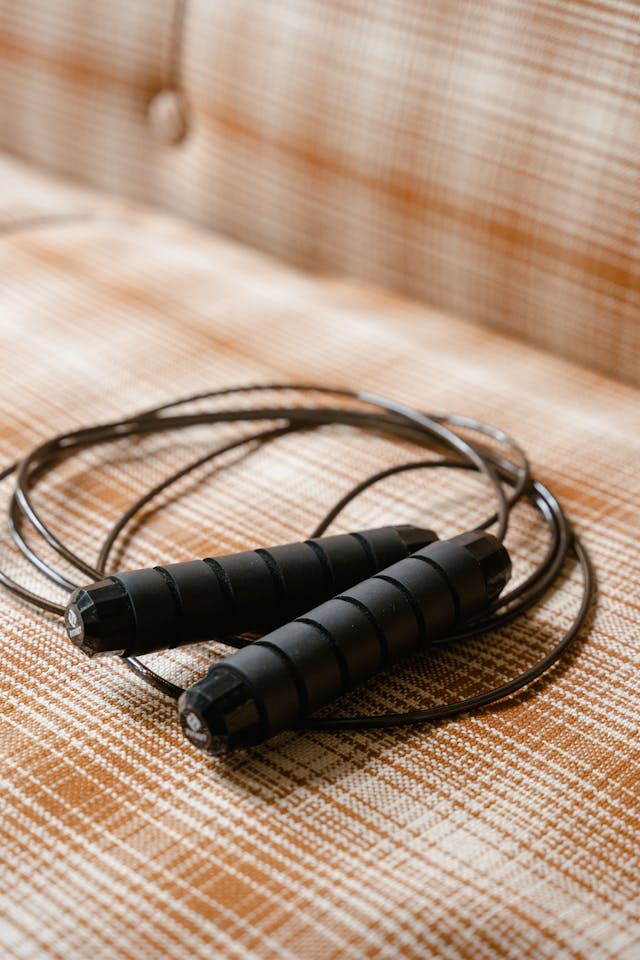How to Build Your Own Workout Routine That Actually Works
Starting a fitness journey can feel overwhelming when you’re staring at countless workout programs online, each promising different results. The truth is, the most effective workout routine is one that’s tailored specifically to your goals, schedule, and preferences. Building your own workout routine puts you in control and creates a sustainable path to achieving your fitness objectives.
Creating a personalized workout plan doesn’t require a degree in exercise science. With the right framework and understanding of basic principles, you can design a routine that fits seamlessly into your life while delivering real results. This guide will walk you through each step of the process, from setting clear goals to tracking your progress.
Assess Your Current Fitness Level
Before diving into exercise selection, take an honest look at where you’re starting. Your current fitness level will determine the intensity, duration, and complexity of your routine.
Physical Assessment
Test your baseline fitness with simple measurements. Record how many push-ups you can do, how long you can hold a plank, or how far you can walk without getting winded. These metrics will help you set realistic starting points and track improvement over time.
Schedule Evaluation
Consider your weekly schedule realistically. If you can only commit to three 30-minute sessions per week, plan for that instead of creating an ambitious five-day routine you’ll struggle to maintain. Consistency with a modest routine beats sporadic attempts at an intensive program.
Equipment and Space
Take inventory of what you have available. Whether it’s a full gym membership, a few dumbbells at home, or just your body weight, effective workouts can be built around any setup. Your routine should match your resources.
Define Clear, Specific Goals
Vague goals like “get fit” or “lose weight” make it difficult to design an effective routine. Instead, establish specific, measurable objectives that will guide your exercise selection and program structure.
Primary Goals
Choose one main focus for your routine. Are you looking to build muscle mass, improve cardiovascular endurance, increase strength, or enhance flexibility? While routines can address multiple areas, having a primary goal helps prioritize your time and effort.
Secondary Objectives
Identify 1-2 secondary goals that complement your main focus. For example, if muscle building is your priority, improving flexibility might be a valuable secondary goal that supports your training.
Timeline Considerations
Set realistic timeframes for seeing results. Strength gains often appear within 4-6 weeks, while significant muscle growth typically takes 8-12 weeks of consistent training. Understanding these timelines helps maintain motivation and adjust expectations.
Choose Your Training Split
A training split determines how you organize your workouts throughout the week. The right split depends on your goals, available time, and recovery needs.
Full Body Workouts
Full body routines work every major muscle group in each session and are ideal for beginners or those with limited training time. These workouts typically occur 2-3 times per week with rest days between sessions.
Upper/Lower Split
This approach alternates between upper body and lower body workouts, allowing for more volume per muscle group while still providing adequate recovery time. Upper/lower splits work well for intermediate trainees with 4-6 training days per week.
Push/Pull/Legs Split
More advanced trainees often benefit from push/pull/legs splits, which separate pushing movements (chest, shoulders, triceps), pulling movements (back, biceps), and leg exercises. This split allows for high training volume and frequency.
Select Effective Exercises
Exercise selection is where your routine comes to life. Focus on movements that align with your goals while providing the most benefit for your time investment.
Compound Movements First
Prioritize compound exercises that work multiple muscle groups simultaneously. Squats, deadlifts, push-ups, rows, and overhead presses form the foundation of most effective routines. These movements provide the greatest strength and muscle-building stimulus while improving functional movement patterns.
Isolation Exercises as Support
Add isolation exercises to target specific muscles that need extra attention or to address imbalances. Bicep curls, tricep extensions, and calf raises can complement your compound movements but shouldn’t dominate your routine.
Movement Pattern Balance
Ensure your routine includes exercises from each major movement pattern: squatting, hinging at the hips, pushing, pulling, and core stabilization. This balance prevents muscle imbalances and reduces injury risk.
Plan Your Sets, Reps, and Rest Periods
The number of sets and repetitions you perform directly impacts your results. Different rep ranges target different adaptations, so align your choices with your goals.
Strength Focus (1-5 reps)
Heavy weights with low repetitions build maximum strength. Rest periods of 3-5 minutes allow complete recovery between sets. This approach requires solid technique and isn’t recommended for beginners.
Muscle Building (6-12 reps)
Moderate weights with moderate repetitions create the muscle damage and metabolic stress that drives growth. Rest periods of 1-3 minutes provide adequate recovery while maintaining training density.
Endurance Focus (13+ reps)
Higher repetitions with lighter weights improve muscular endurance and can support fat loss goals. Shorter rest periods of 30-90 seconds maintain elevated heart rate and caloric expenditure.
Structure Your Weekly Schedule
Organizing your workouts throughout the week requires balancing training stimulus with adequate recovery time.
Training Frequency
Most people benefit from 3-5 training sessions per week. Beginners should start with 3 sessions, while more experienced individuals can handle higher frequencies. Avoid training the same muscle groups on consecutive days unless you’re following a specific advanced protocol.
Progressive Overload Planning
Plan how you’ll make your workouts progressively more challenging. This might involve adding weight, increasing repetitions, or reducing rest periods. Progressive overload is essential for continued improvement.
Recovery Integration
Schedule rest days strategically. Active recovery with light walking or stretching can be beneficial, but complete rest days are necessary for muscle repair and adaptation.
Track Your Progress and Make Adjustments
Monitoring your progress keeps you motivated and helps identify when adjustments are needed.
Keep a Training Log
Record your exercises, sets, reps, and weights used in each session. This data helps you plan progressive overload and identifies patterns in your performance.
Regular Assessments
Repeat your initial fitness tests every 4-6 weeks to measure objective improvements. Take progress photos and body measurements to track changes that the scale might not reflect.
Routine Adjustments
Expect to modify your routine every 6-8 weeks to prevent plateaus and maintain progress. This might involve changing exercises, adjusting rep ranges, or modifying your training split.
Start Building Your Perfect Routine
Building your own workout routine puts you in complete control of your fitness journey. Start with the basics: assess your current situation, set clear goals, and choose a simple structure you can maintain consistently. Remember that the best routine is the one you’ll actually follow.
Begin with 2-3 exercises per major muscle group, focus on proper form, and gradually increase intensity as you build confidence and strength. Your routine will evolve as you do, becoming more sophisticated and targeted as your experience grows.






